An ingrown toenail is the one growing into the skin instead of over it. If a toenail becomes ingrown, its corners or edges will grow into the skin next to that nail and break the skin. This condition often happens on the big toe, which is considered the “thumb” of the foot and could impacts either one or both sides of the nails.
An ingrown nail could be red, painful, swollen and might drain pus. There is no exception about who may be at risk of ingrown toenails, but it is estimated that adults seem to get more than children. Those people having thick or curved nails also have higher risk of ingrown toenails. The condition is much more common in older adults.
Causes Of An Ingrown Toenail
An ingrown toenail has some different causes. Some of the most common are:
– Cutting nails too short, or not cutting straight across, or cutting toenail edges may make the surrounding skin to fold over nails
– Toenail injury
– Toenails having unusual curvature which are easily triggered by inflammation and infection
– The way a person stand or walk also impacts the chances of getting ingrown toenails.
– Excessive sweating and poor foot hygiene are also risk factors
– Genetic susceptibility
Nail malformation which is caused by many other diseases
Signs Of An Ingrown Toenail
In the early stage, the skin of the affected nail can become tender, hard or swollen. Then, when the nails pierce skin, the bacteria may get in, causing infection. As a result, the infected area gets red, warm, swollen and painful. Also, there might be pus and bleeding.
Who Is At Risk Of Ingrown Toenails?
There are some risk factors of an ingrown toenail. The followings are the most common:
– Athletics, especially start and stop sports like soccer, tennis, and basketball
– Inappropriate shoe gear which is too large or too small
– Repetitive pressure and trauma to feet.
– Poor hygiene
– Abnormally long toes
– Obesity
– Diabetes
– Nail fungus infection
– Arthritis
– Hyperhidrosis
– …
Which Nails Are Commonly Impacted By An Ingrown Toenail?
Oftentimes, an ingrown toenail most commonly happens in the big and large toes. Nonetheless, all of the toenails could be impacted on either side or border.
Risk Factors Of An Infected Ingrown Toenails
The moist and warm environment can feed the fungi and bacteria. If there is a break in the skin due to the offending nail side, the organisms may invade the area, resulting an infection.
Other Conditions Impacting The Nails And Feet
In addition to ingrown toenails, there are also a lot of problems which could impact your feet. Some foot problems might also an indication of certain health problems, which might warrant medical investigation, such as:
– Muscle cramps: if you wear high heels, then muscle cramps might be related to your footwear. In such case, the treatment is to replace your current shoes with the more comfortable ones.
Nonetheless, muscles cramps could be a signal of some nutrient deficiencies, such as dehydration and / or lack of magnesium. Also, it can be related to the imbalance between potassium, magnesium, sodium and calcium.
– Gouts: this inflammation condition can impact your big toes, thereby causing the toes to swell and get painful or red. The inflammation is caused by the excessive amount of uric acid within your joints. In order to lessen the inflammation, you should consider changing your diet plan. Purine-rich foods and meats could increase uric acid, yet fructose is one of the potent uric acid promoters. Thus, to normalize the level of uric acid, you should eradicate the fructose till your uric acid level ranges from 3 to 5.5 per deciliter. Limit the consumption of beer, because this is a trigger of uric acid.
– Cold feet: this is an indication of some issues like diabetes, poor circulation, anemia, or hypothyroidism.
– Swollen feet: this could be an indication of a few health issues, like poor circulation related to liver or kidney problems, heart failure, deep vein thrombosis, etc. Once the swelling is associated with redness and warmth, then you might suffer from an infection. Swelling and bruising might indicate a fracture or sprain. You could reduce your swelling by exercising, losing weight (if you are overweight), raising the feet up, avoiding tight clothing and reducing the amount of processed salt intake.
– Discolored toenails: whilst nail polish could make your nail’s colors disappear, if you do not use nail polish then yellow toenails might suggest that you have a problem in terms of system. It is thought to be linked with conditions like tuberculosis (TB), bronchiectasis and sinusitis. Changes in the texture of nails could also be an indication of more serious problem. As a rule, it would be a good a idea to be checked out by a professional in case you do not use polish.
19 Home Remedies For Ingrown Toenails
After getting to know some basic information about ingrown toenails, you may wonder how to treat this condition effectively? The good news is that there are always home remedies for ingrown toenails. However, remember that you should not self-treat this problem at home if you have conditions like poor blood circulation to the foot, diabetes, or nerve damage in the foot or leg. This article from Healthy Guide will reveal to you 19 out of the best natural home remedies for ingrown toenails infection. Take a look!
1. Epsom Salt
Scientifically known as magnesium sulphate, Epsom salt has a lot of uses. Nonetheless, not many people know that this ingredient can deal with ingrown toenails. It can soften the affected skin area, making it easy to draw out the toenails from the skin. Follow these steps to treat your ingrown toenails using Epsom salt:
– Add a large heap of Epsom salt in water
– Soak your affected foot in that solution for 20 minutes.
– Repeat this routine 2-3 times per day.
2. Warm Water Soak
Among home remedies for ingrown toenails, this option seems too simple. When having ingrown toenails, warm water can relieve pain, swelling and tenderness resulted from this condition.
What you need to do is:
– Fill a small foot tub with the warm water
– Soak the feet into that solution for 15 minutes or so
– Apply this method 3-4 times per day to relieve your problem
Learn more: Top 21 Best Home Remedies For Fungal Nail Infection
3. Hydrogen Peroxide
Having powerful disinfecting properties, hydrogen peroxide can soften the skin around your ingrown toenails. Also, it alleviates the painful feelings of the lesion and prevents the further infection. What you need to do is:
– Put ½ cup of hydrogen peroxide into water
– Soak your foot in that solution for 15 minutes to relief pain associated with ingrown toenails.
Another way to make use of hydrogen peroxide for ingrown toenails is to apply it directly over your affected toenails using a cotton ball. However, some doctors said that direct application of hydrogen peroxide might rupture healthy skin tissues.
4. Cotton Wedge
After soaking your affected toenails in the warm water, you place a cotton wedge under the toenails to get it growing above your skin. As a result, this will relieve the swelling and pain, and boost the process of healing.
– Soak your affected feet in the warm water, and dry them after that
– Lift the problematic nails carefully using a blunt pair of tweezers.
– Then, place a tiny pierce of cotton between the skin and nail
– Replace the cotton the next time you soak your feet.
Read more: Top 34 Tips On How To Improve Skin Naturally With Oils
5. Apple Cider Vinegar
With anti-inflammatory and antiseptic properties, apple cider vinegar could be useful in relieving the signs and symptoms of ingrown toenails. Moreover, because of acidic nature, it also prevents infection effectively.
You can apply one of these two home remedies for ingrown toenails using apple cider vinegar.
– Take warm water and unfiltered apple cider vinegar to mix together with the ratio of 1:1. Put them in a foot tub. Then, soak your feet into the solution for 20 minutes or so. After that, dry the nails thoroughly.
– Another way is to soak a cotton swab in the unfiltered, raw apple cider vinegar, then place it over your affected nails. Use a bandage to cover it up for a few hours. Remove it off.
Learn more: List Of Natural Oils For Skin Care – Top 30 Great Oils To Apply
6. Turmeric
We all know that turmeric is very versatile when it comes to uses. But, you may not know that it can get rid of the discomforts caused by ingrown toenails, like inflammation, pain, and swelling. It is thanks to the compound named curcumin available in this ingredient which as pain-relieving and anti-inflammatory ability. Take the following steps:
– Mix a little mustard oil with ½ teaspoon of turmeric powder. Then, smear the paste over your problematic toe and use a bandage to cover it. Repeat this routine twice or thrice per day for a few days.
– As an alternative, you can apply the antibiotic cream which contains curcumin on your affected area and cover it with a bandage. Reapply this routine twice or thrice per day.
– Take a glass of milk and boil 1 teaspoon of the turmeric in that liquid. Drink the final solution twice per day to decrease pain and boost the healing process.
7. Vicks VapoRub
Among home remedies for ingrown toenails, vicks vaporub is believed to be one of the excellent solutions that give almost instant results. It could be applied directly to your affected toenails. It also gives a relief from the chronic pain because of ingrown toenails and also boosts the process of healing.
8. White Flower Oil
When it comes to home remedies for ingrown toenails, white flower oil is a little known treatment. This traditional Chinese healing oil, in fact, does not obtain from the white flower but it is made from a few types of herbal oils, such as lavender, eucalyptus, and peppermint oil. The application of this oil on your ingrown toenails could help in making this condition disappear.
However, you should not ingest this oil. Keep this oil away from the mouth, eyes and nose because it is toxic in nature. It is said that white flower oil should be used on the nearby area of the affected area, not directly on the area.
9. Lavender Essential Oil / Tea Tree Oil
Thanks to natural antibiotics in these oils, you can use them to apply on your ingrown toenails to get an instant relief from the problem. Follow these steps:
– Mix 1-2 drops of tea tree oil with 1 tablespoon of coconut oil / olive oil or any carrier oil.
– Apply it over your ingrown toenails and use a bandage to cover it
– Apply this method thrice per day till you get satisfied results.
Note: in case you feel an irritation in your affected areas, just stop it.
10. Indian Lilac
Aka neem, Indian lilac with its pain-suppressing and inflammation-reducing properties can lessen the inflammation, pain and swelling because of ingrown toenails.
Even, it decreases the risk of an infection and boost healing. You can:
– Take a handful of neem leaves to boil it in 4 cups of water. Then, strain and let it cool down a little bit.
– After that, soak your affected nails in the solution for 15 minutes. But, before applying it, dry your areas thoroughly.
– Repeat this routine twice per day
Remember, before hitting the hay, you can apply neem oil over your affected nails and wait for the next morning to wash it off. Do this every day.
11. Oregano Oil
This is reckoned as an antiseptic, antibacterial and palliative agent, providing fast relief from inflammation and pain. You can mix oregano oil with carrier oil such as olive oil. Then, apply the mixture over your ingrown toenails thrice per day.
For adults, they could ingest oregano oil by adding several drops of oregano oil in water or a certain juice or putting 1-2 drops of this oil under your tongue to take its advantage.
Some notes you need to know:
– Avoid using oregano oil during pregnancy
– Do not let children under 5 years old use this oil
– The oil might reduce the absorption of iron. Thus, it is advisable to make use of this oil before and after 2 hours of taking any iron supplement.
– Avoid using the remedy in case you are allergic to sage, thyme, marjoram, basil, hyssop and mint
– If you use it internally, it might cause skin irritation, vomiting, and rashes. Thus, be cautious upon taking it.
12. Antibacterial Soap
This is another simple option among home remedies for ingrown toenails. Soak your affected foot in the warm water with one squirt of the antibacterial soap. Then, dry your foot appropriately, and use a piece of cotton to place under ingrown toenails. Apply a layer of the antibacterial ointment before wrapping it using a bandage. This is an effective solution for an ingrown toenail.
13. Lemon
This is among the most easy-to-find home remedies for ingrown toenails. What you need to do is:
– Take a thin lemon slice
– Use a bandage or gauze to tie it over your affected toe.
– Wait for the next morning to remove it
Thanks to the acidity of lemon, this will help cure your infection.
14. Bandage It
If you have ingrown toenails, then always bandage them, particularly if you have started to suffer from infections. Make use of antibiotic ointments on your infected areas and take a band to keep your toe covered. This will prevent the grime and dirt from breaking through your infected toes.
15. Petroleum Jelly / Vaseline
After having a bath, you should apply petroleum jelly and Vaseline onto your toes as well as nails. This will keep your feet moisturized and soft while remaining your nails in pristine condition.
16. Potassium Permanganate
Another solution for your ingrown toenails is to use potassium permanganate. This will prevent your nails from being infected. Soak your feet in the solution of potassium permanganate and warm water. The potassium permanganate can act as a good natural disinfectant helping in preventing the infection of your nails and feet.
17. Iodine
The iodine ointments are available in most medical stores. This is a good choice for those who are looking for home remedies for ingrown toenails. Initially, they might burn but after that it gives a relief.
18. Trim Your Nails Correctly
In order to prevent the recurring of ingrown toenails, you should trim your nails precisely. Some tips to trim your nails the right way:
– Trim straight across and avoid the curved shape which is matched with your toe’s shape. Upon trimming, you had better start with the edges of the nails, not their middle part. It is important to file your nails in order to remove sharp edges. Use a good nail file and clipper.
– Also, keep your nails at the moderate length because if you cut too short, they might dig into your nail skin when growing, causing ingrown toenails.
– In case you cannot trim your toenails moderately because of a certain medical condition, then you can get your nails trimmed by a prestigious professional. It is because your blood circulation is poor, so any infection or foot wound will take much longer to heal. If not treated properly, the injury can worsen over time and cause many other complications. Even, it results in amputation. Also, the decreased circulation affects the sensitivity of foot to pain, delaying the detection of a minor injury. Hence, you should leave your feet doctoring. Examine your feet daily and call your doctor if you see any abnormal sign.
19. Sensible Footwear
In order to prevent the condition of ingrown toenails, you should wear sensible footwear. In reality, wearing tight footwear and poorly fitting footwear can be one of reasons behind ingrown toenail condition. The shoes which place too much pressure on your toes will cause your nail to grow into surrounding tissues. Thus, choose shoes which are made from soft fabrics with the roomier toe. For women, they should avoid wearing high heels in order to relieve the pressure on their toes.
Preventative Tips For Ingrown Toenails:
– Do not wear shoes or socks whilst being at home. Let your toes get some air to promote the healing process.
– Change your cotton socks every alternate day
– Avoid cutting ingrown toenails by yourself if you have diabetes or other problems which cause pain to your feet.
– Cut your nails straight across
– Wash your feet thoroughly and regularly
– Dry your toes appropriately
– Make use of a pumice stone to avoid the building of hard skin
– Inspect the problematic toes carefully for some signs of infections like increased pain, redness, drainage or swelling of pus.
After getting to know some effective home remedies for ingrown toenails, hope that you figure out how to treat ingrown toenails at home without using medications. Nonetheless, sometimes, surgery is your best bet. In the early stages of the condition, you should free your affected toes by soaking within the warm water. This will prevent it from settling. However, if the home remedies mentioned earlier do not fix the problem within several days or a few weeks, or your condition gets worse, you should see a good podiatrist who could address it surgically. It is rarely that surgery is advisable.
When going to the podiatrist, he will numb your toe, and remove your nail borders to let the tissue to heal. Besides, they will paint phenol to the base of your affected nails which have been surgically extracted. Whilst the phenol is toxic, its benefits seem to outweigh the risk because it helps in preventing the nail section from regrowing again. The whole procedure could be done in about 15 minutes and recuperation and relief is swift.
After reading the article on 19 home remedies for ingrown toenails on our Skin care page, we hope that you have found out the best solutions for your problem. Nonetheless, it is best to consult a doctor before following any treatments suggested here and note that if they come with any side effect. After that, we are happy to hear the results from you after trying some of these home remedies for ingrown toenails. Feel free to leave your comments below to let us know how you get over ingrown toenails. In addition, if you want to ask anything about the content of this entire article, do not hesitate to leave your questions in the comment section below and wait for our soon replication. All questions and comments would be welcome! Thank you and welcome back to our website!

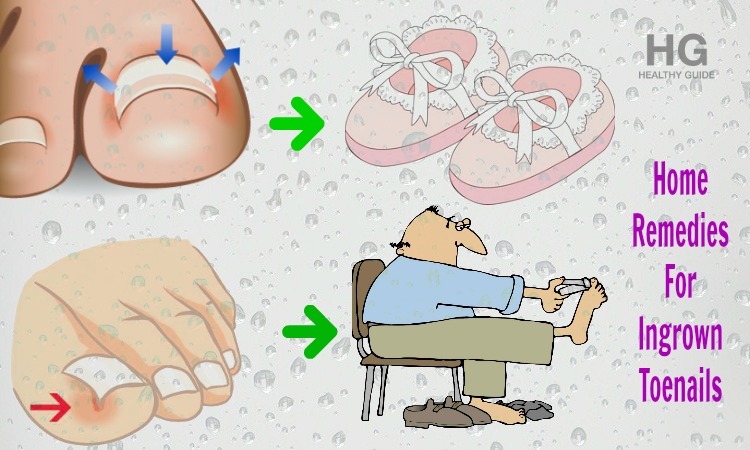
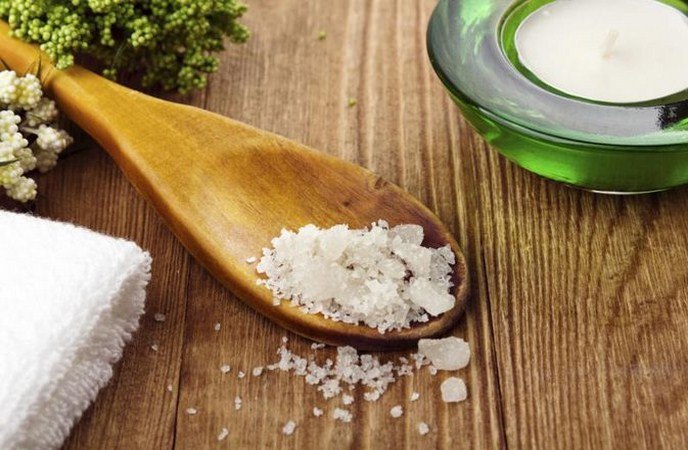
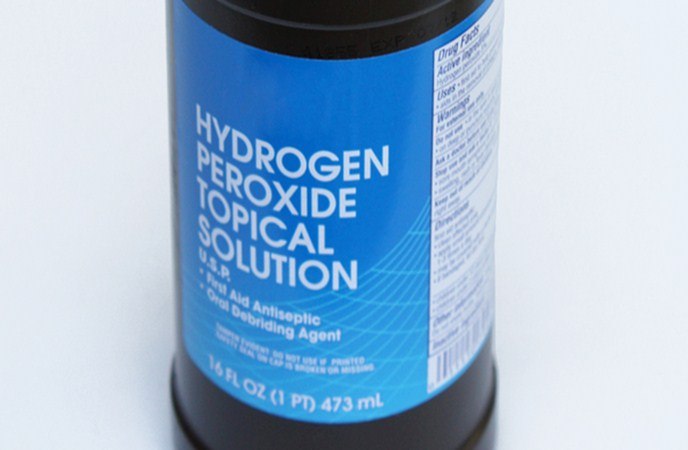

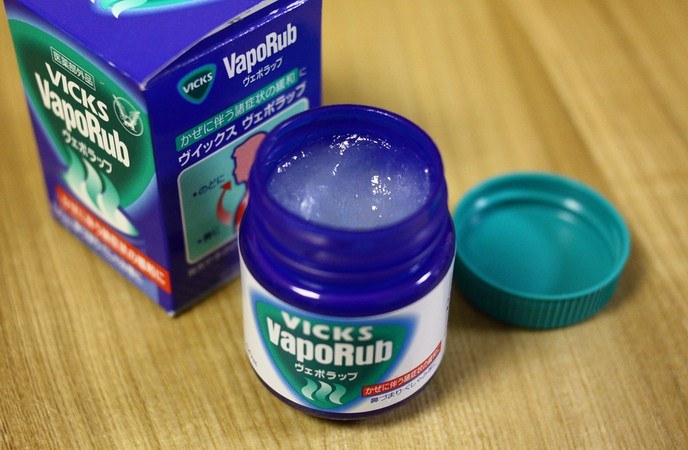
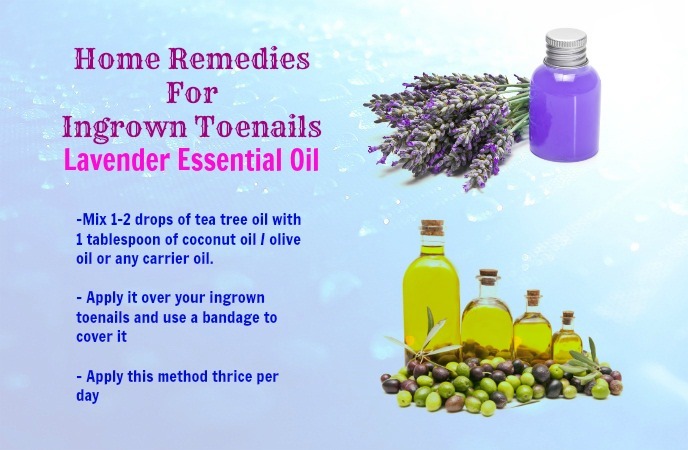
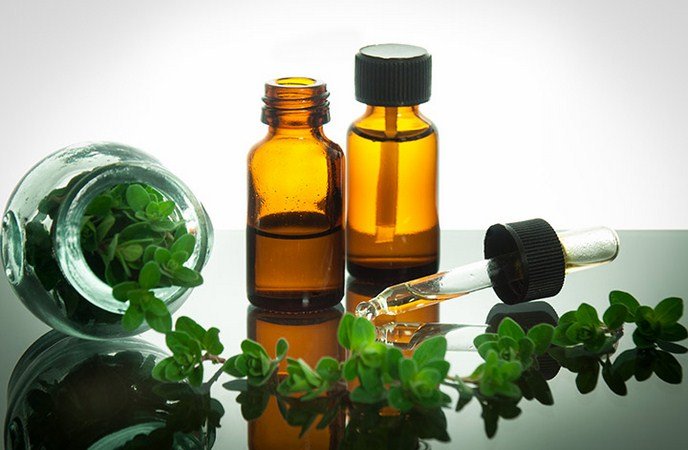

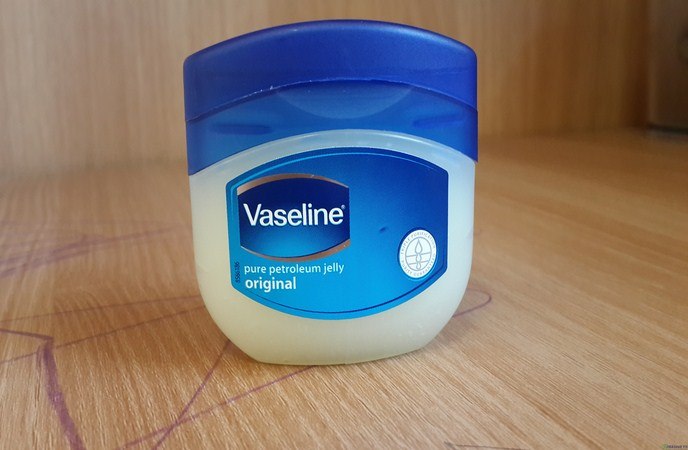
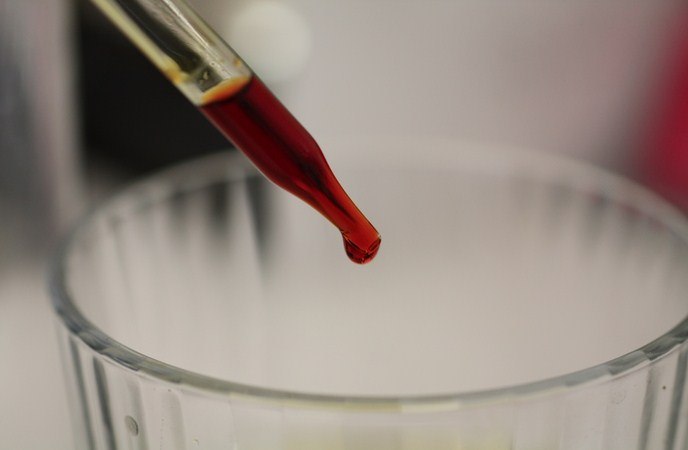


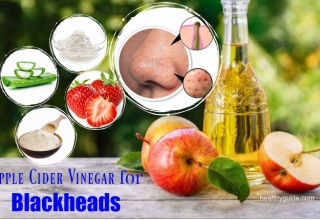
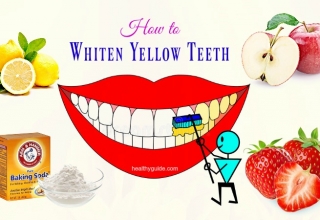




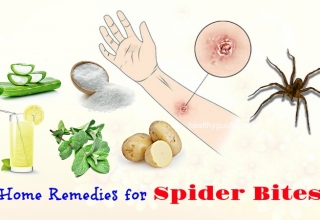




















Leave a Reply